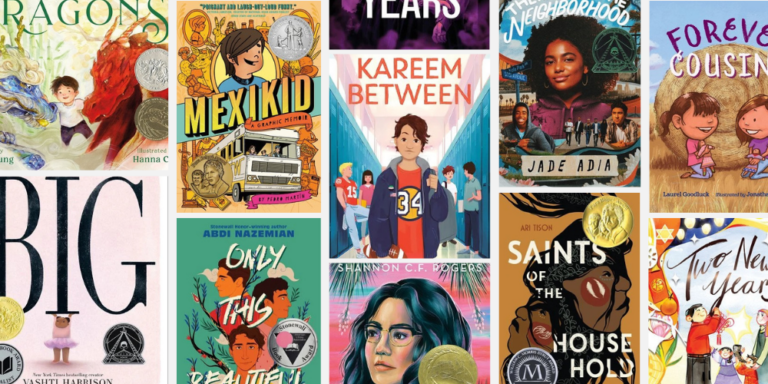“The Chat” is one of the key tools available to educators teaching online, and one of the best tools for building dynamic, active, and inclusive learning environments. You might even call it a ‘silver lining’: a small thing that works better online even if the overall context of online learning is not nearly as good as a real classroom. Using the chat involves asking students to respond to a question in whatever meeting platform you are using. Its primary benefits are its speed, visibility, and simplicity. Students can write without having to open a new window or toggle to a new place so they can be writing within seconds and you can bring pace and energy to your classes.
So: a great chat allows you to build a participation ratio and surface ideas worth developing. We say “surface” because it tends not to illicit writing of depth and permanence. It’s a starter that leads to some other activity.
Two Great Examples
First, check out Shelby Daley, a 6th-grade English teacher at Uncommon Schools’ Ocean Hill Collegiate:
Shelby is trying to surface ideas in anticipation of a further activity (reading) and to build and value active participation and deep thinking.
Her tone is lovely; so sincere and engaged: “Can you drop your answer in the chat? I’m really curious to see what you’re thinking ’cause this is so different from how we celebrate birthdays in our community,” she says. “So inviting of student ideas” is how one colleague described her style.
Interestingly, she doesn’t resolve the question (yet). The goal is to surface ideas and value reflection and participation so she merely shares a series of students thoughts read lovingly from the chat while telling them (and showing) how interesting she thinks they are.
Cleverly she cuts off the chat after letting students weigh in. This allows her to copy and paste it right then and there so she’ll know later who actually participated and can follow up with anyone who didn’t, but she’s also thinking about focus and attention. Finally, Shelby transitions from the chat directly into reading and a bit of pencil-to-paper reflection. This is wonderful. Pencil-to-paper writing is still important, even online, and it’s a great opportunity for kids to get to use writing in that format to develop their thoughts privately.
Now here’s her colleague Mika Salazar, a 7th-grade science teacher. She’s using the chat for retrieval practice (hooray!) to make sure that student learning gets encoded in long-term memory.
We loved the playful way she made the activity feel fun and like a game show by having students get their fingers ready on the keyboard. Great narration of the positive to make sure they are with her too, by the way.
Similar sunny, upbeat, and engaging tone as to what we saw in Shelby’s room. She narrates the chat back to students too, showing them that she appreciates every answer even when the first question is easy and everyone gets it.
The second question takes it up a notch. First, cold-calling students to read the question is a great way to make sure they stay engaged, focused, and involved. She breaks her question apart into four shorter answers so it feels faster and more lively. Again as soon as students engage actively they can feel the appreciation coming from Mika: “I see those fingers typing. Thank you, Dillon, Thank you Naomi. Excellent Shalimar…”
Then she stretches them a bit. When they all get that “A” is the crest of the wave she asks them to chat again: “What’s another word I could use for crest.”







